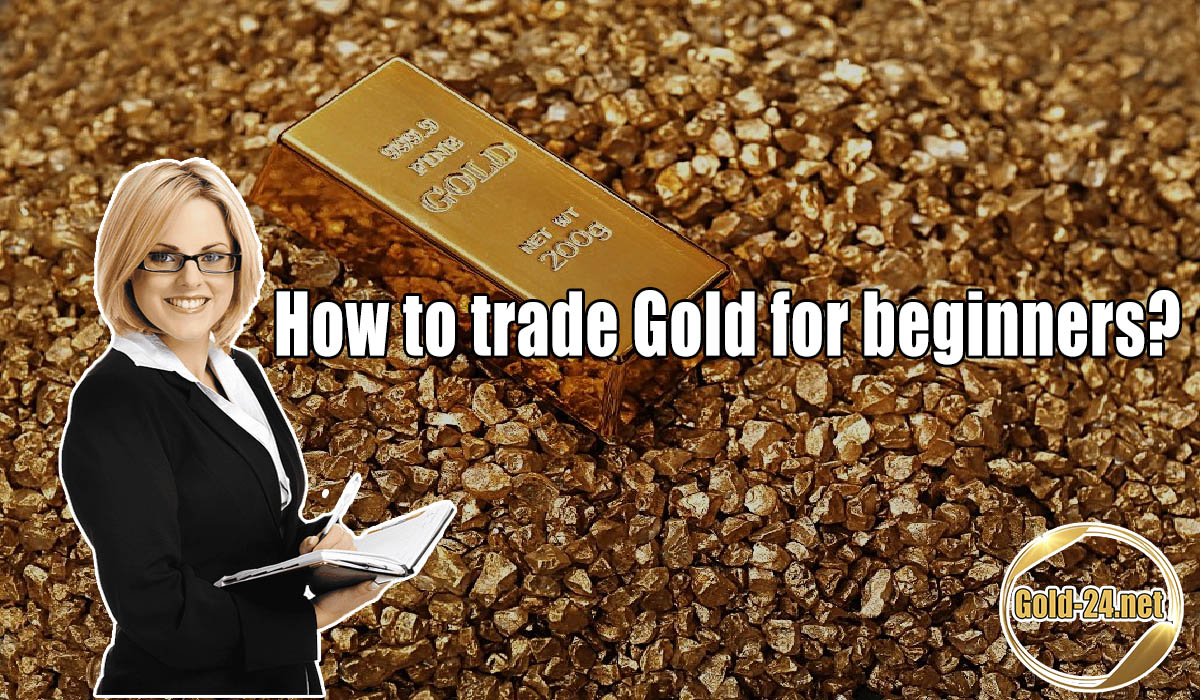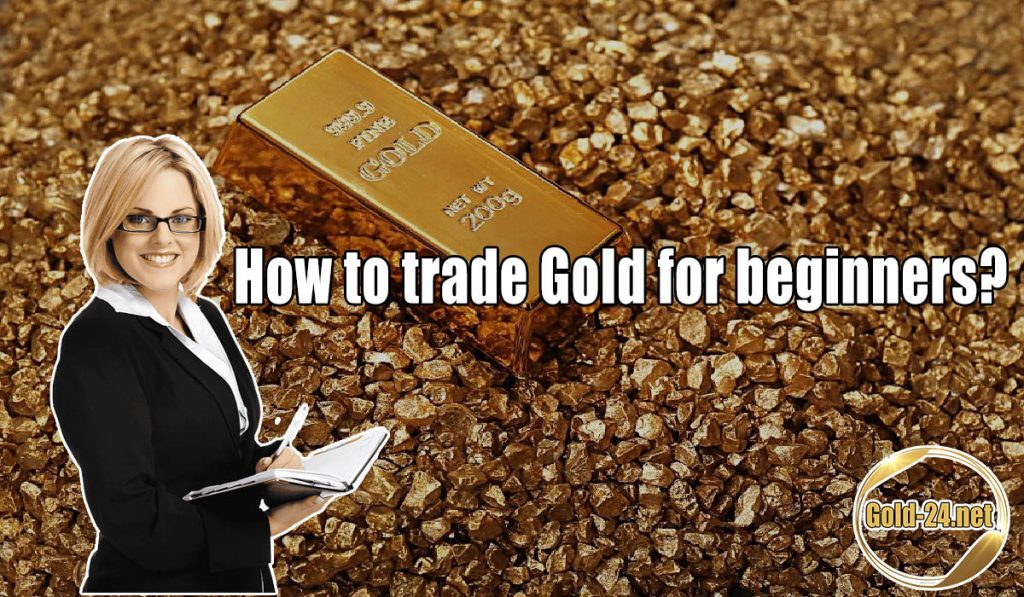How to trade Gold for beginners?
How to trade Gold for beginners?
There are two main ways to speculate on the future price movement of the Gold markets: trading and investing.
If you invest in Gold, you would purchase the item up front and make money if the price of the precious metal increased. When you trade Gold, you’re not buying the item; instead, you’re betting on its underlying price to rise or decrease.
Depending on whether you are interested in the actual commodity or not, you may trade or invest in a variety of Gold assets. These consist of:
Gold bullion
Both private investors and banks frequently employ physical Gold—in the form of coins and bars—as a store of wealth. But more active investors are sometimes discouraged from purchasing the metal outright because of the pricey storage and insurance requirements.
Spot Gold
The cost of purchasing Gold upfront, or at the moment, is known as the spot price. On average, bullion costs the same as one troy ounce of Gold.
Gold futures
Similar to futures, options contracts operate with no requirement to complete the deal upon buying. The right to trade actual Gold or Gold futures at a certain price and date is provided via options. Put options allow the holder to sell the precious metal, while call options allow the holder to acquire it.
Gold options
Investing in equities or trading on them can be excellent ways to indirectly access the Gold market. You may learn about every facet of the Gold business, from finance to sales and from mining to production. It’s crucial to remember that several other factors influence share values, so Gold stocks don’t necessarily move in the same direction as bullion.
Gold ETFs
A basket of shares of publicly traded Gold mining, processing, and producing businesses is tracked through exchange-traded funds (ETFs). ETFs are a popular technique to diversify a portfolio since they provide considerably wider exposure than you would obtain from a single holding. ETFs are passive investments that aim to mimic market returns as opposed to outperforming them.
Gold stocks
Investing in equities or trading on them can be excellent ways to indirectly access the Gold market. You may learn about every facet of the Gold business, from finance to sales and from mining to production. It’s crucial to remember that several other factors influence share values, so Gold stocks don’t necessarily move in the same direction as bullion.
Discover the factors that influence Gold’s price
Supply and demand affect the price of Gold. The market price can be affected by a wide range of circumstances, such as:
Global demand
Every year since the 1970s, the demand for Gold has increased, increasing the price of the metal. The usage of Gold is widespread, including in jewelry, technology, and as a value store for investors and central institutions. In actuality, exchange-traded funds (ETFs) contribute to 29% of worldwide demand, while the desire for jewelry makes up about 50% of that total.
Mining production
Since the majority of the world’s Gold supply is thought to have already been discovered, mining companies are producing less Gold at a faster rate. Between 2011 and 2019, production fell by about 26% as a result of firms reducing exploration to conserve cash.2
Scientists are working on technology to uncover previously inaccessible Gold deposits and are even looking into the idea of mining in space to find new Gold reserves.
Even though Gold has a limited supply since it cannot be developed in the same manner as certain other commodities, it will always be in use. As a result, a significant amount of Gold is currently recycled to keep up with demand.
The price of Gold will increase if demand keeps increasing and supply keeps decreasing.
Interest rates
Because investors favor equities and fixed-income assets that will provide income as interest rates rise, the price of Gold often declines at this time.
In contrast, when interest rates decline, the price of Gold increases as investors seek Gold as a haven to preserve their money.
The US dollar
Because investors favor equities and fixed-income assets that will provide income as interest rates rise, the price of Gold often declines at this time.
Political unrest and financial difficulty
Due to its propensity to hold its value while other markets see price declines, Gold is frequently regarded as a safe-haven investment during times of economic hardship and political unrest.
For instance, worries about the effects of the coronavirus and the ensuing lock downs on the economy caused Gold prices to rise by 13% in the first three months of 2020.
Gold as a haven
In times of political or economic unpredictability, investors frequently turn to Gold as a hedge against inflation and currency depreciation.
For instance, due to escalating market volatility, Gold climbed by more than 13% between January and May 2020 during the COVID-19 crisis. To offset the political, economic, and social volatility, investors started shifting their funds away from monetary assets and toward precious metals.


